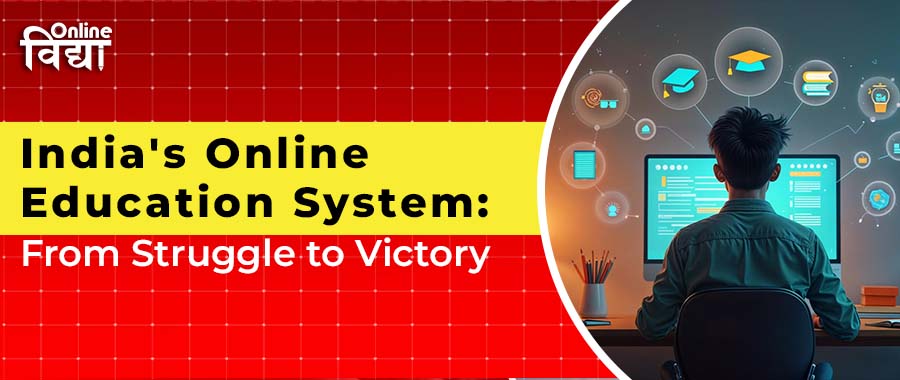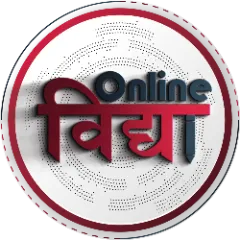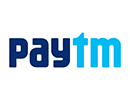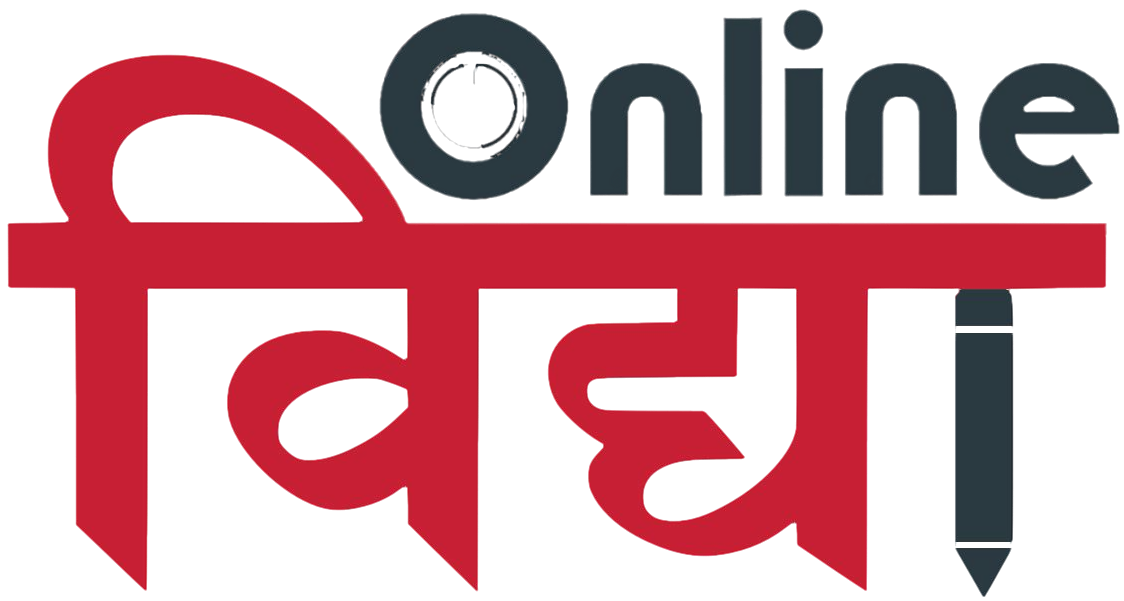Specializations
Courses Available
Courses

India's Online Education System: From Struggle to Victory
India's Online Education System: From Struggle to Victory,Jul 30, 2025
Information
Jul 30, 2025
696 Views
- Share:
Online education in India has increased from an experiment to the backbone of learning in the modern age. What was a small initiative by government bodies such as ISRO, MHRD, and IGNOU in the early 2000s has evolved into a large movement revolutionizing the way education is acquired and delivered. But the change didn't happen overnight. The history of e-learning in India has been one of slow starts, fast technological progress, pandemic-induced urgency, and a shining future.
India's Early Days of Online Education
To deliver education online, some government departments started exploring the use of two-way video communication systems in 2004–05, when online learning in India began.
These initiatives, though, failed to deliver as expected due to the poor technological infrastructure and low levels of internet penetration at that time. Private firms started entering the e-learning business in the Indian education space around 2008. The public's response remained lukewarm despite the emergence of satellite-based education and smart classrooms. It was only in 2015 that the EdTech sector finally started gaining momentum. There was a shift in public sentiment indicated by the introduction of several new online education platforms this year.
Individuals soon realized that online learning could be employed as an innovative and independent learning system, as well as a supplement to classroom learning. The real watershed moment came, however, in 2020 as the COVID-19 pandemic caused educators and learners to adopt digital platforms as the only feasible alternative to regular classroom environments. COVID-19's Contribution to E-Learning Acceleration Learning was brought to an end when the pandemic came, as colleges and schools had to shut down.
Online learning, once considered to be voluntary, has become obligatory overnight.
Government bodies, EdTech platforms, and institutions joined hands to offer education to millions of students who were stuck at home. For maintaining academic continuity, the government introduced virtual classrooms, learning apps, and online websites. Parents and students become more open to online learning due to the sudden shift. For many others, this was their initial exposure to the convenience, flexibility, and security of e-learning. The pandemic proved that online learning is not merely a possibility but a necessity. It provided educators with a new method of educating a greater number of people and allowed students to continue their education without concern for geographical boundaries. It also opened the door for college students and working individuals to improve their abilities while managing their daily responsibilities. Online education has increased considerably over the last five years. Students were increasingly making use of online portals before the pandemic to acquire certification courses, sharpen technical skills, and understand academic subjects better. Almost 70% of students had pursued online schooling in order to boost skill sets and job opportunities, and the number of students registering for online classes doubled between 2015 and 2018.
To continue their employability in the workforce without compromising their work life, even working professionals began to accept online learning. The University Grants Commission (UGC) started favoring online education models from 2018 after noticing this trend, allowing credible universities to offer a fraction of their courses online. By 2019, this support was further strengthened, adding to the country's online education's credibility and quality.
Online learning today includes much more than basic academic courses. Coding camps, language courses, soft skill building, test preparation, and even hobby courses are included. Online learning provides students in rural or remote areas with access to quality education without having to relocate or travel long distances.
India's Online Learning Challenges
There are numerous advantages to online education, but as it expands, there are also disadvantages, especially when it transitions from an elective to the dominant form of instruction. Accessibility is one of the most serious issues. A lot of Indians continue to lack access to computers, smartphones, or high-speed internet. One of the big hurdles is still the urban-rural divide in terms of technology.
Even if theory can be instructed virtually, areas of study that demand practice by hand, like science experiments, performing arts, or vocational skills, continue to need face-to-face instruction. Students miss out on experiential learning and practical applications without it.
India's Online Education Prospects
The future of online education in India is good, despite the challenges. Everyone involved—students, teachers, parents, and lawmakers—was forced to acknowledge the potential of online learning due to the pandemic. Increasing attention from the government on infrastructure development and education digitization will serve to ease many of the current challenges.
The Indian online education market is likely to grow at a compound annual growth rate (CAGR) of over 20%, market research has found. A hybrid future with the coexistence of online and offline education to construct a more graceful and accessible system is signaled by the current surge of EdTech platforms, virtual universities, and AI-based learning tools.
There are endless opportunities in internet education, especially when it is well-planned, inclusive, and tailored to the needs of every student. It can close learning gaps, enable students from all walks of life, and revolutionize Indian education if implemented appropriately and supported by laws and technology.
Online education will no longer be just an emergency measure as models of education and technology evolve; it will become a legitimate and desirable means of education for millions of individuals.
Also Read : Recognized online education: University approved by UGC as a Leader in India!
FAQs
1. When did India start providing online courses?
Initial efforts by government agencies like ISRO, MHRD, and IGNOU in the early days of providing digital learning back in 2004–05 were the start of online learning in India. But it wasn't that successful then due to the poor availability of technology. It was 2015 that, with the improvement in technology and the rise of EdTech platforms, the real revolution started.
2. How did the COVID-19 pandemic impact online learning?
The pandemic greatly accelerated online education. Online learning was the only choice for ongoing education when schools and universities shut down. The use of digital learning by students, parents, teachers, and institutions has increased nowadays.
3. What are the advantages of online learning?
Flexibility, affordability, and availability are advantages of online education. Unlike traditional setups, students can study at their convenience, from anywhere, and at a lower cost. It also increases access to quality education for rural students and working professionals.
5. Is online learning an acceptable alternative to traditional classroom teaching?
Online education is often an acceptable alternative, especially for advanced classes, certifications, and career skills training. But the best option may be a hybrid model (online + offline) if one requires labs or live interaction.
6. Is it safe to get degrees and certificates from online education?
Yes, online degrees from authentic platforms and UGC-certified universities are valid and acceptable. Authentic universities can now provide online courses with the right norms and checks on quality as per the University Grants Commission.
7. How will online education advance in India?
With increased government allocations, increased internet use by more people, and an enhanced demand for adaptive learning, online learning in India is projected to grow rapidly. In addition to traditional modes of teaching, it is likely to be an integral part of India's education system.

Meet Our Counselling Experts
Get 100% Free Career Counseling




PlacementPartners










Schedule Your 30 min Couselling Session With Today!!
Select a Date of your choice :
You Have Selected Slot on .

